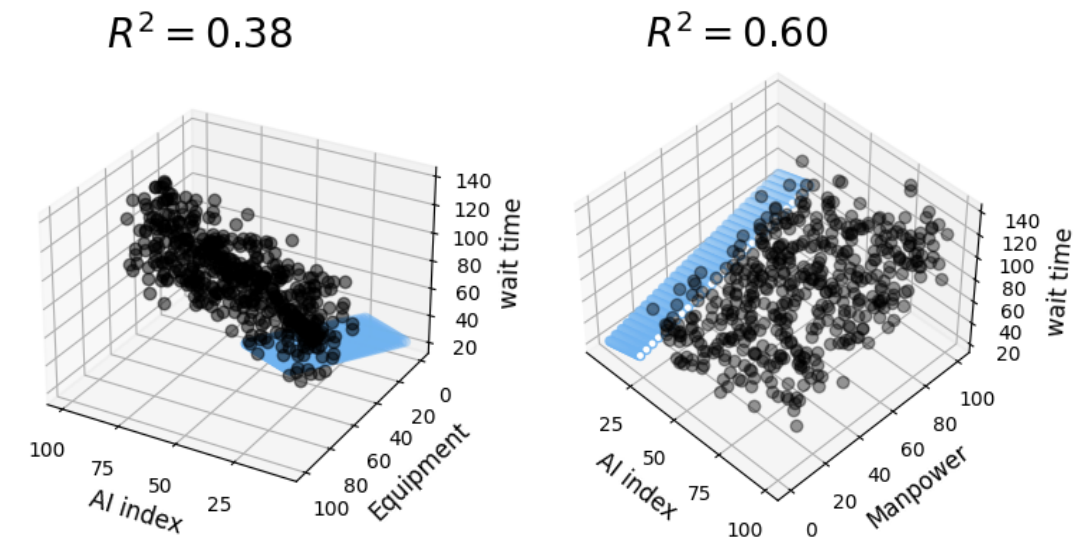The Impact of Artificial Intelligence Integration on Minimizing Patient Wait Time in Hospitals
Keywords:
Artificial Intelligence, Correlation, Health care, Machine Learning, Multiple regression, Random forest, wait-timeAbstract
Reduced patient wait-times benefit not just patients' health but also the overall efficiency of the healthcare system, which is particularly crucial given the aging population and rising demand for medical services in recent decades. Reducing the time that outpatients have to wait is one of the most crucial actions that must be taken to improve the patient experience. Artificial intelligence and machine learning may be applied in health care and medicine to enhance insights, reduce waste and wait time, and increase speed, service efficiency, accuracy, and efficiency. The purpose of this research is to determine whether or not the deployment of AI in hospital management system help reduce the amount of time that patients have to wait for their appointments. The Random Forest Regression, Pairwise multiple regression, and the pairwise Pearson correlation have been performed. This research also included additional features such as the number of the office personnel, the number of doctors, the quantity of equipment, and the health expenses in order to eliminate any potential omitted variable biases. According to the findings of the Random Forest Regression, the integration of AI and ML seems to be required to cut down on the amount of time that patients have to wait. The size of the office personnel, the number of doctors, and the number of pieces of equipment are found to be significant factors in lowering the amount of time spent waiting. It was determined that the aspect of the cost was the least significant in terms of reducing the amount of time spent waiting. According to the findings of our study, the healthcare care center needs to expand the integration of AI in order to cut down on the waiting time for patients and to improve the overall experience they provide for them. The findings also suggest that wait times depend on many factors. Thus, focusing on a few factors does not significantly reduce wait time.

Downloads
Additional Files
Published
How to Cite
Issue
Section
License
Copyright (c) 2020 ResearchBerg

This work is licensed under a Creative Commons Attribution-NonCommercial-NoDerivatives 4.0 International License.




